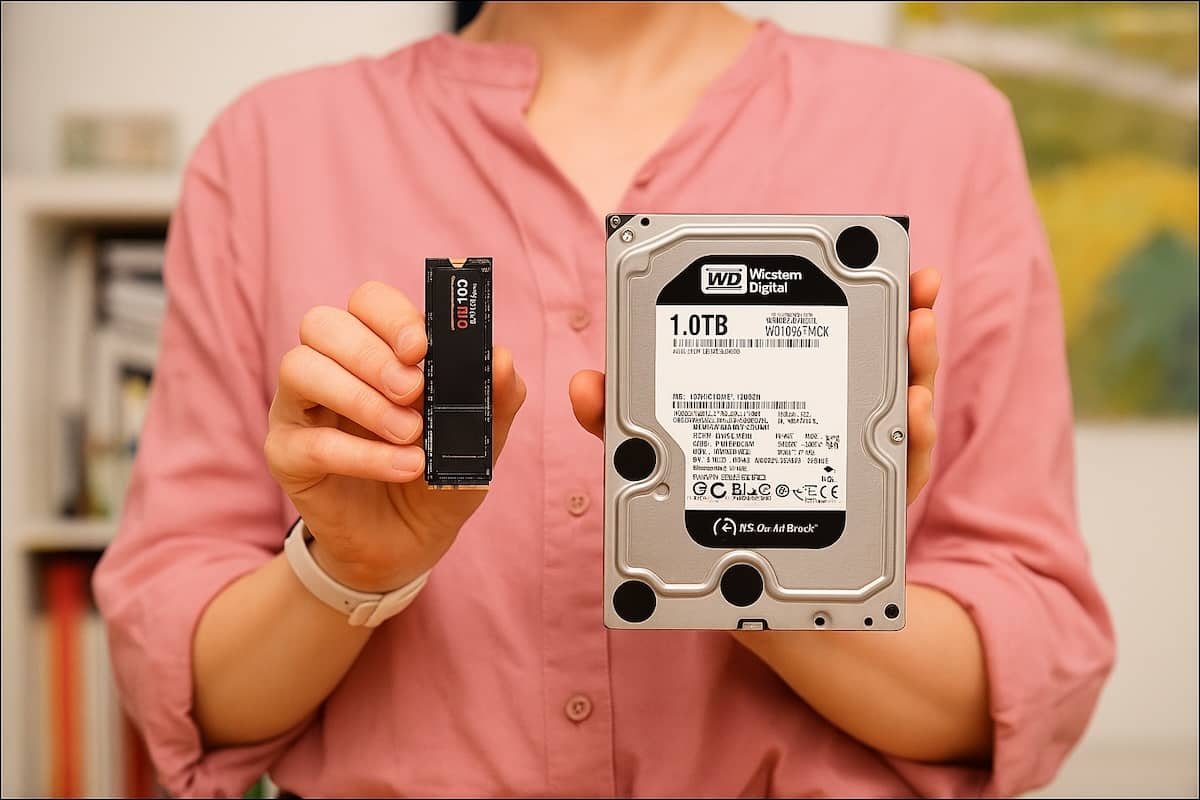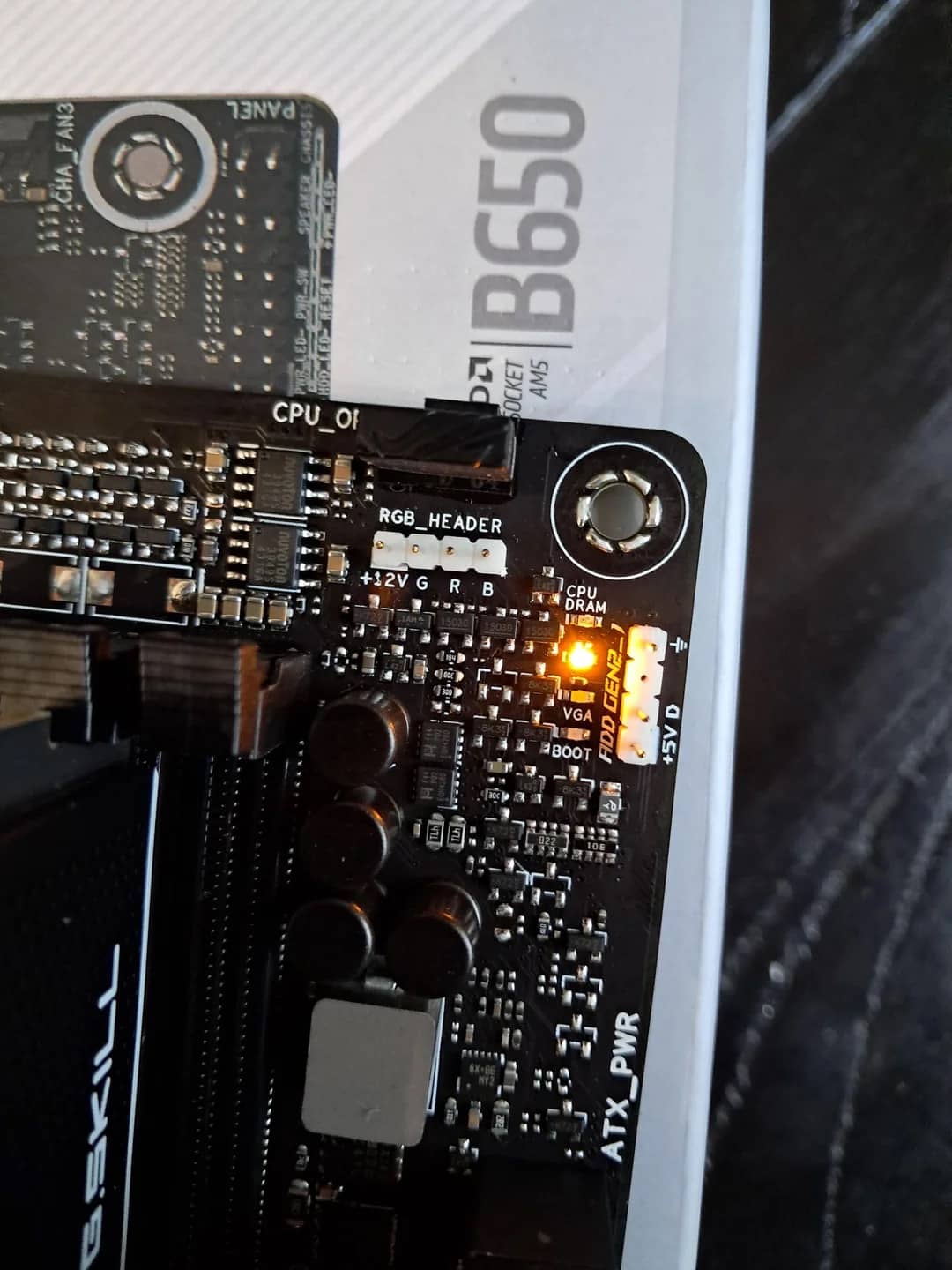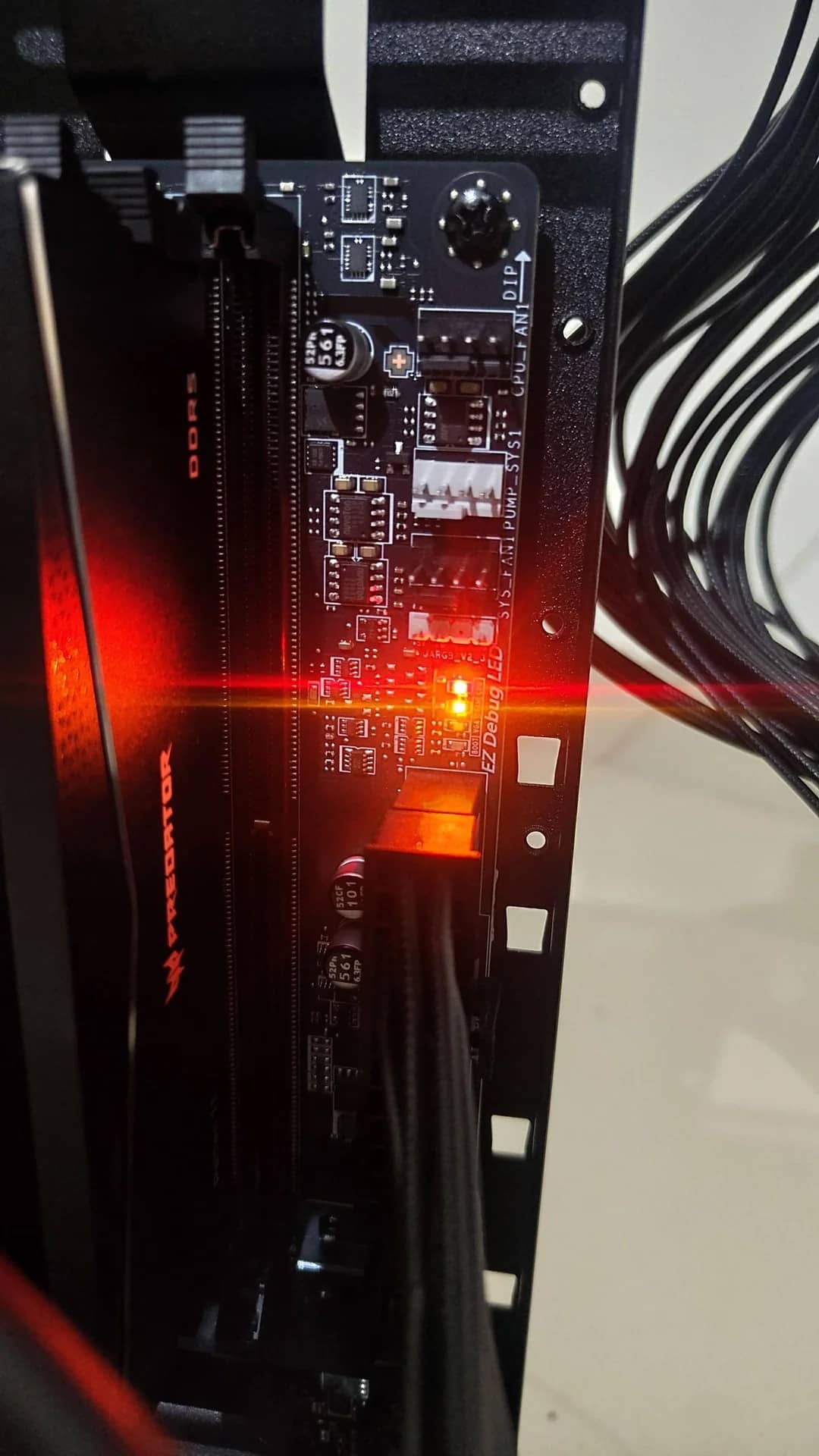Why Does DRAM Matter for SSDs?

Where’s all the DRAM-a coming from over SSDs? Well, given that they’re currently the fastest form of storage that computer and console owners can buy, they’ve earned their moment in the spotlight. The tiny NAND cells inside Solid State Drives make even the slowest storage media of this class lightning fast. To put it in perspective, when an SSD is tasked with moving or copying data, it does so in seconds, whereas HDDs (Hard Disk Drives) consumed multiple minutes trying to keep up.
That should be the end of the story, but it’s not. SSDs have several shortcomings. Among them, their speed can drop like a rock once the fast cache is full. For the non-techies reading, let us explain. Most drives rely on a chunk of super-speedy storage, often called an SLC cache, to act as a buffer. It handles quick bursts of data. Once you push past the limit of this cache, the drive has to write directly to the slower TLC or QLC NAND underneath, and that’s when transfers start to feel more like molasses than lightning.
That’s where DRAM enters the cache-overloaded scene. By the way, thanks for hanging in through the tech acronyms to this point. We wish we could say they were done with, but there’s likely to be more incoming. Anyway, DRAM-less drives (Dynamic Random Access Memory) aren’t about to be replaced, so don’t pull them from your computer motherboard just yet.
Why Continuous Write Speeds Matter?
Let’s pull out from the SSD crash course and get down to the specifics. Don’t worry, there’ll be more digital learning and computerese acronyms later. For now, we’re going to browse an Amazon page filled with Solid State Drives. Some of them, including this Sabrent Rocket 2230, have DRAM-less highlighted in their opening device features lists. To be clear, this doesn’t mean the SSD in question isn’t fast. The Sabrent Rocket has a 5GB/s sequential read speed, which is wicked fast for shifting big files. Its 800K IOPS data transfer rate is equally impressive, copying and writing smaller files without slowdown.
So what’s all the fuss? Why do we need a DRAM cache at all? Keep watching that large file transfer on the Sabrent Rocket 2230. If the file is massive, say a raw 4K video or a huge game install that’s an 80GB read and copy operation, the first few gigabytes will fly by at that advertised 5GB/s speed. That’s the DRAM-less SLC cache doing its thing, acting like a turbo boost. But then the speed drops off, sinking low. The cache has filled and data transfer speeds drop, sometimes down near 1GB/s or lower, depending on the drive and the workload. The takeaway from this scenario is that, while fast, DRAM-less drives aren’t the optimal purchase for computing tasks that rely on SSDs capable of handling higher workloads.
Remember, this isn’t a quirk of the Sabrent SSD. It’s a fine storage drive, reliable and fast, but it’s not the right product for intensive media shifting applications like RAW video editing or constant large-scale data backups where you’re hammering the drive with hundreds of gigabytes in one go. Those kinds of jobs benefit from a dedicated DRAM cache, which acts like the SSD’s personal high-speed index, helping the controller find and write data over the long-term, even under sustained heavy loads. The same goes for gaming, with downloads and installs now hitting the 100GB+ mark. A DRAM-less product will work, but cache bottlenecks are possible, experienced as initial speed and sudden, seemingly inexplicable transfer slowdowns, again, as the cache overflows offloads its data to slower NAND. If you want continuous high-speed write speeds, shop a DRAM equipped SSD.
Where DRAM Makes a BIG Difference?
For the rest of us, casual gamers and light productivity types, DRAM-less drives are perfectly acceptable. Pick capacity, a decent brand, and a bus interface that’s compatible with your computer, or console. You’ll likely never notice the difference between an SSD that has DRAM and one that doesn’t have this high-speed cache. No mega game downloads, no storage of huge media files, you game and write documents without ever getting the gains associated with faster data buffering. However, if you’ve recently taken on the role video editor or you feel the need to expand your gaming setup, then you’re now shopping for an SSD with a discrete DRAM that’ll keep speeds high during sustained transfers.
Does it matter in SSDs being released in 2025? Very much so, the gaming industry has undergone big changes over the last few years, and they’re not about to slow down. Hold on to your seatbelts, the trend will only gain speed. With 4K gaming now being seen as standard, the PS5 Pro and Xbox Series X delivering strong when it comes to 120 fps gaming at higher resolutions, then moderately capable SSD buffers can’t be thrown into the mix as the weakest chain in what’s otherwise a blazingly fast data transfer pipeline.
Here’s the gist of the issue, at least in gaming terms. Modern game engines are streaming enormous high-resolution textures, models, and effects in real time, and any hitch in data delivery could translate into immersion disturbing texture pop-in, stutters, or longer scene loads. A DRAM-equipped version keeps you in the game, the SSD ensuring the drive’s controller can instantly pinpoint and pull the right data without relying on slower workarounds like a Host Memory Buffer. It’s much the same with that video production technician, retaining his or her productive edge when multiple streams of RAW footage, perhaps 8K this time, need processing.
It’s the year 2025, and data loads are getting bigger. That applies to games, media projects, and creative workloads, continuous read and write operations that are pushing storage mediums harder than ever. The margin for slowdown is razor thin. If the device is fast, that’s wonderful, but it has to stay fast, no matter the workload and how long that load lasts. Perhaps most tellingly of all, the DRAM chip isn’t the memory that stores your data, it’s where the map, the location of massive game environments and those big RAW video files is stored. A slowly accessed map is a performance bottleneck. DRAM provides the SSD’s controller with an immediate, high-speed reference table of where all the stored data is located.
Not All SSDs with DRAM Are Created Equal!
Less dedicated staffers would be happy to wrap up the post, sit back and sneak in a few extra hours of PS5 gaming, probably on the Nürburgring track in Gran Turismo again, trying to beat that stubborn lap time we’ve been chasing for weeks. But when it comes to SSDs, we can’t afford to treat every model as an equal. A quick look at an Amazon listing says just the opposite. Think about it. Two drives might both advertise DRAM caching, yet differ wildly in controller quality, NAND endurance, and sustained write behavior. Without digging into specs that go beyond the marketing blurb, you risk ending up with a drive that looks fast on paper but falls apart under sustained workloads.
For one thing, buyers will often see cache capacities listed alongside the actual SSD size. The 4TB Predator GM7000 listed on Amazon, PS5 compatible, shows off its rock star cache credentials, adding a 4GB DRAM cache, thus ensuring sequential read speeds of up to 7400 MB/s and write speeds up to 6700 MB/s. And as we’ve already established, those speeds are sustained because the cache doesn’t fill up, unlike a DRAM-less module. In the latter case, you’d be looking at an HMB (Host Memory Buffer) solution to the cache problem, which works just fine but requires access to system RAM. Higher latencies occur as a result due to the data being sent the long way around, off to the motherboard and installed RAM for temporary storage.
In closing, DRAM matters in SSDs in 2025 because you’re buying a Solid State Drive with an independent Dynamic RAM chip onboard. No need for slower HMB access, no reliance on your system’s RAM, and no waiting for the controller to swap mapping data in and out of NAND cells on the SSD. The result is consistently low latency, high sustained data read/write speeds, and a drive that performs just as well 10 gigabytes deep into a heavy workload as it does in the first gigabyte of a transfer. For anyone moving large files, gaming on high-speed platforms, like a PS5, or running production studios, where downtime isn’t an option, that dedicated DRAM makes a huge difference.
If you’re going to purchase your SSD, a DRAM-less buy is fine for regular computing and gaming. If that gaming ends up becoming a passion, or the computing evolves to incorporate RAW video editing, you’ll definitely benefit from the purchase of an SSD with independent DRAM. There’s no great secret to buying one, just make sure the capacity scales with your SSD size. Better yet, choose a model where the DRAM type and size are clearly listed in the specifications, like on an Amazon listing, and where the ratio keeps pace with capacity. Roughly 1GB of DRAM per 1TB of storage is a good benchmark. Pair that with other performance features, like SLC caching and a quality controller, and you’ll have a drive that’s ready for 2025 and beyond, keeping your big file copying and moving at sustainably high transfer speeds for years to come.









